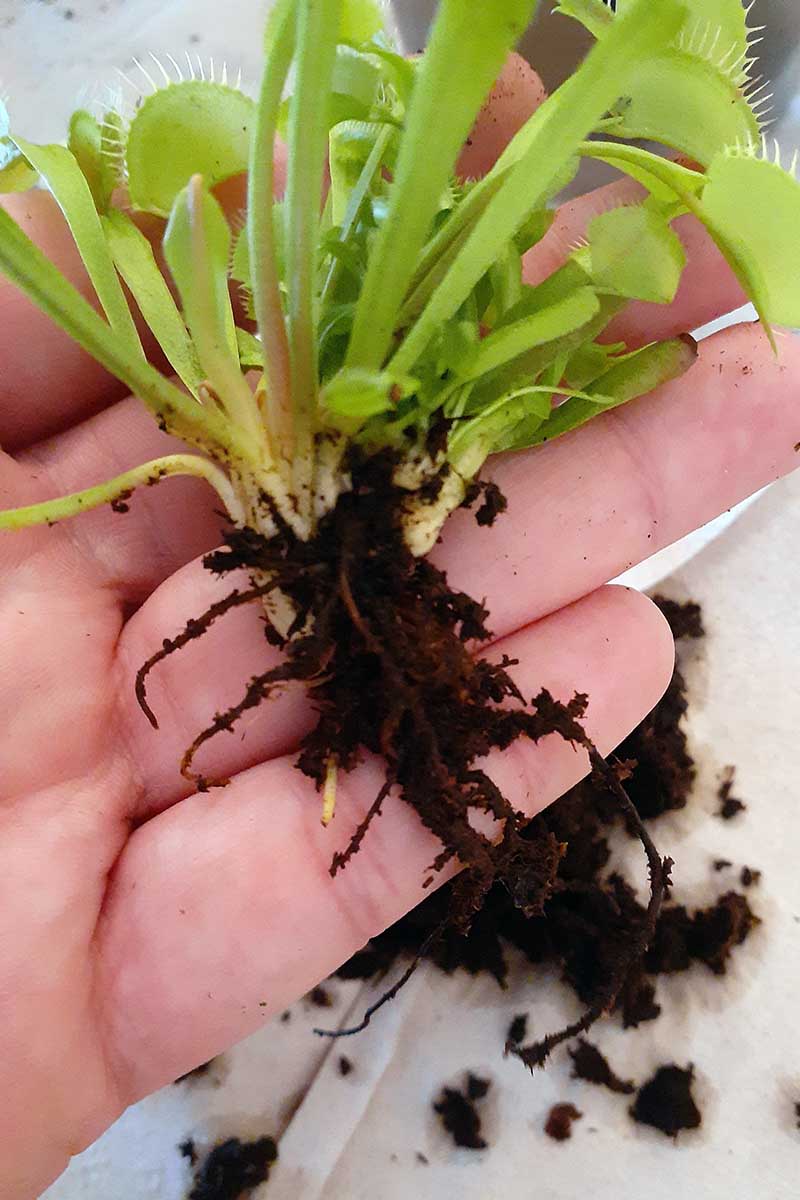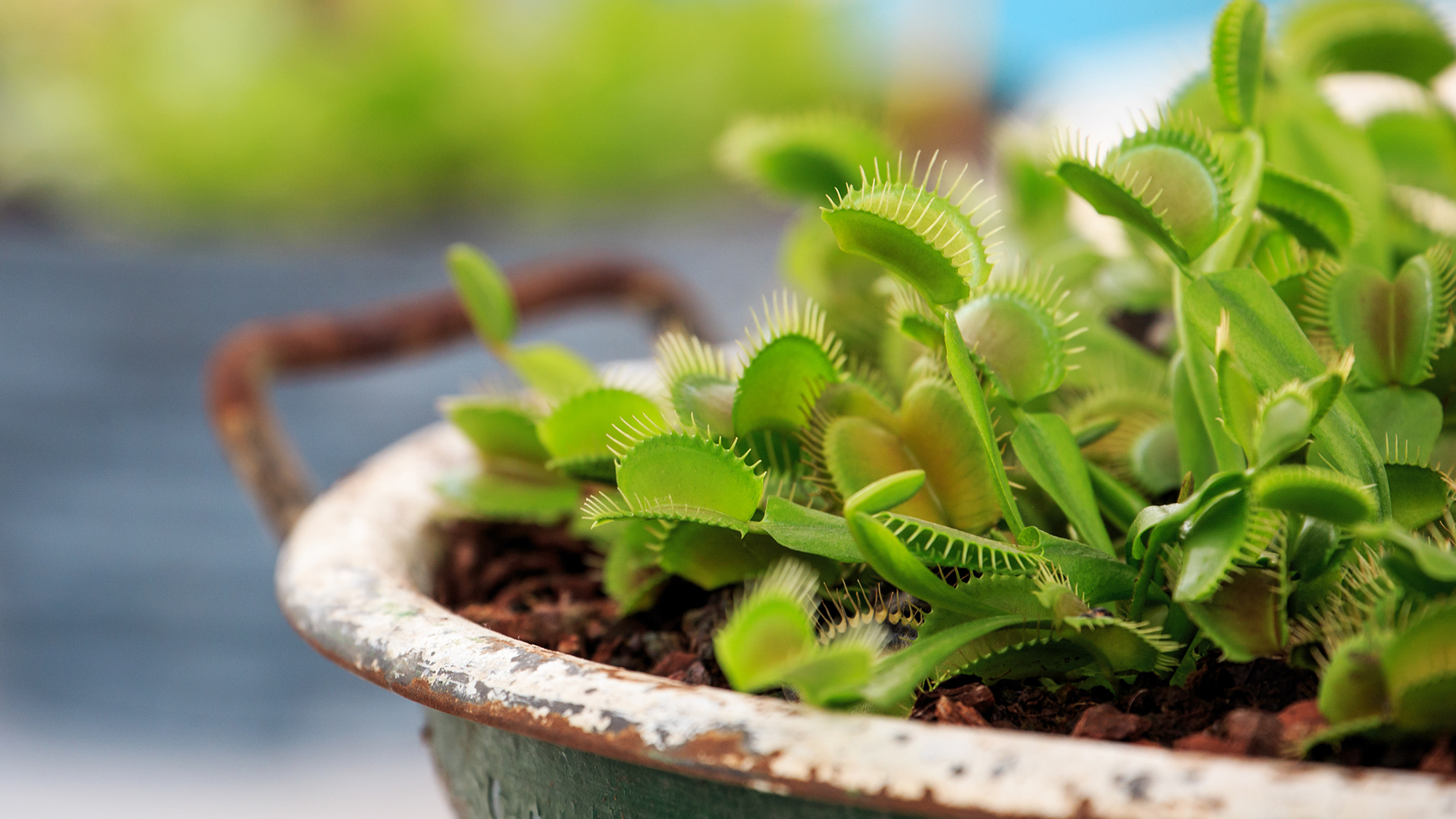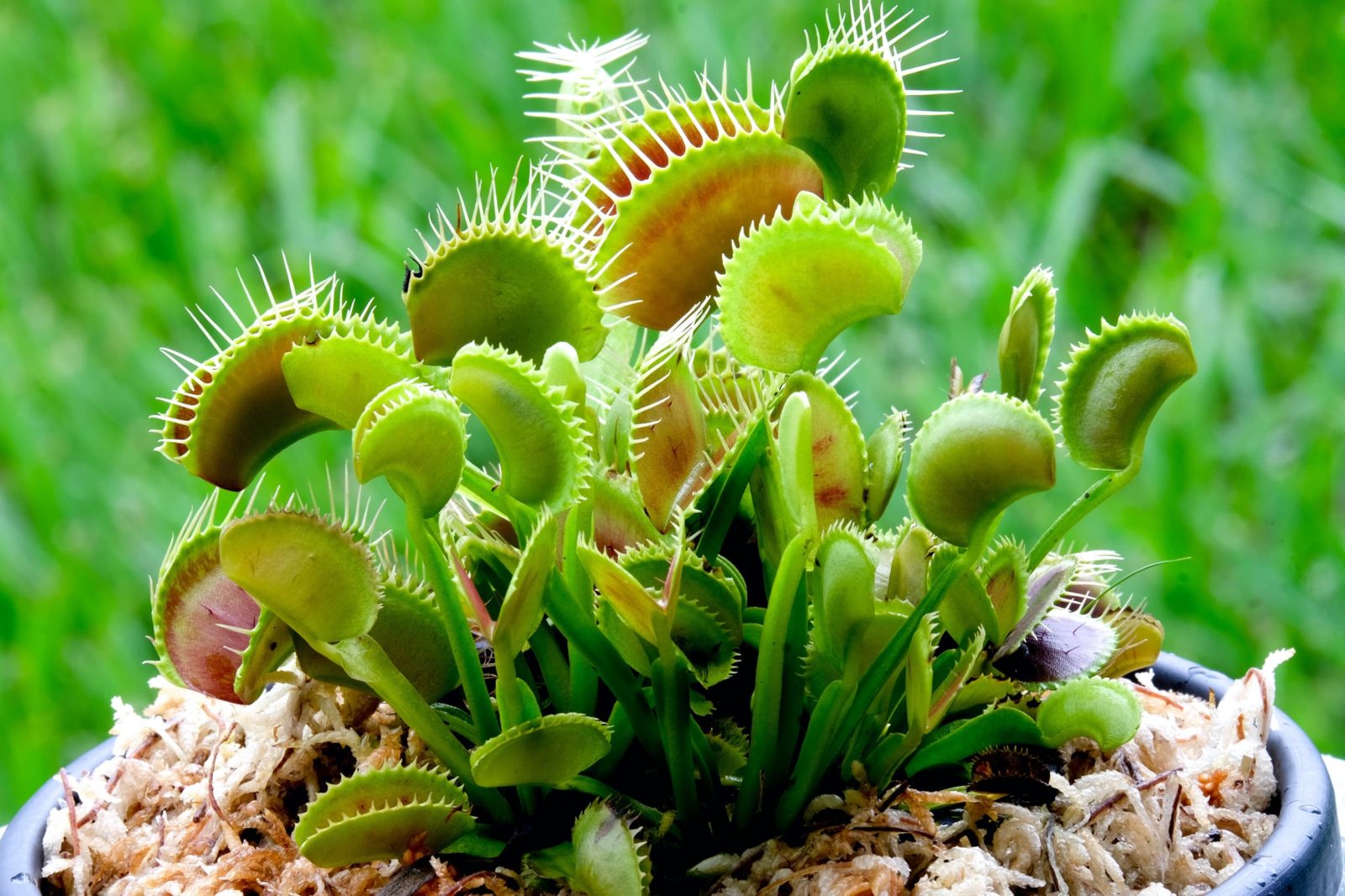Understanding the Unique Needs of Carnivorous Plants
Carnivorous plants, such as Venus flytraps, have evolved to thrive in environments where the soil lacks essential nutrients. These plants have adapted to obtain their nutrients by capturing and digesting insects, but they still require specific soil conditions to survive. One of the most critical factors in growing a healthy Venus flytrap is providing the right soil mix. So, what soil do Venus fly traps need? The answer lies in understanding the unique requirements of these carnivorous plants. Unlike most plants, Venus flytraps don’t require fertile soil rich in nutrients. Instead, they thrive in soil that is acidic, low in nutrients, and has good water-holding capacity. By replicating these conditions, you can create an ideal environment for your Venus flytrap to flourish. In the following sections, we’ll delve deeper into the specifics of selecting the right soil mix and creating an optimal growing environment for your Venus flytrap.
Selecting the Right Soil Mix for Your Venus Flytrap
When it comes to growing a healthy Venus flytrap, selecting the right soil mix is crucial. The ideal soil mix for Venus flytraps should possess certain key characteristics that cater to their unique needs. One of the most important factors is acidity, as Venus flytraps thrive in soil with a pH level between 3.5 and 4.5. Additionally, the soil should have good moisture retention to ensure the plant receives the necessary amount of water. However, it’s equally important to ensure the soil drains well to prevent waterlogged soil, which can be detrimental to the plant. In terms of nutrient availability, Venus flytraps require a soil mix that is low in nutrients, as they obtain their nutrients through capturing and digesting insects. By understanding these specific requirements, you can create a soil mix that meets the needs of your Venus flytrap, ultimately leading to a thriving and healthy plant. So, what soil do Venus fly traps need? A well-balanced mix that addresses these key characteristics is essential for their success.
The Role of Peat Moss in Venus Flytrap Soil
Peat moss is a popular ingredient in Venus flytrap soil mixes, and for good reason. It provides several benefits that cater to the unique needs of these carnivorous plants. One of the primary advantages of peat moss is its acidity, which helps to maintain the low pH levels required by Venus flytraps. Additionally, peat moss has excellent water-holding capacity, ensuring that the soil remains consistently moist without becoming waterlogged. This is particularly important for Venus flytraps, which thrive in humid environments. However, it’s essential to note that peat moss can also have some drawbacks. For instance, it can retain too much water, leading to root rot and other problems. Furthermore, peat moss can be prone to decomposition, which can affect the soil’s structure and pH levels over time. By understanding the benefits and drawbacks of peat moss, you can use it effectively in your Venus flytrap soil mix, providing the ideal conditions for your plant to thrive. When it comes to what soil do Venus fly traps need, a balanced mix that incorporates peat moss can be an excellent choice.
How to Create a Well-Draining Soil Mix for Your Venus Flytrap
Creating a well-draining soil mix is crucial for the health and success of your Venus flytrap. A mix that drains excess water quickly helps prevent root rot and ensures the plant receives the right amount of moisture. To create a well-draining soil mix, you’ll need a combination of peat moss, perlite, and vermiculite. Start by mixing 2 parts peat moss with 1 part perlite and 1 part vermiculite. This ratio provides the ideal balance of acidity, moisture retention, and drainage. Next, add a small amount of distilled water to the mix and stir until it reaches a consistency similar to wet sand. Avoid overwatering, as this can lead to waterlogging and root rot. By following this simple recipe, you can create a well-draining soil mix that meets the unique needs of your Venus flytrap. Remember, when it comes to what soil do Venus fly traps need, a mix that drains excess water quickly is essential for their long-term health and success.
The Importance of Avoiding Fertilizers and Composts
Fertilizers and composts may seem like a good idea for nourishing your Venus flytrap, but they can actually be detrimental to the plant’s health. Venus flytraps have evolved to obtain essential nutrients from the insects they capture, rather than from the soil. As a result, they are adapted to thrive in nutrient-poor soil conditions. Fertilizers and composts can disrupt this delicate balance, causing an overabundance of nutrients that can lead to weak and leggy growth. Furthermore, these additives can also alter the soil’s pH levels, which can be detrimental to the plant’s overall health. Instead of relying on fertilizers and composts, it’s essential to focus on providing your Venus flytrap with a well-suited soil mix that meets its unique needs. By doing so, you can ensure your plant receives the necessary nutrients without compromising its health. When it comes to what soil do Venus fly traps need, a nutrient-poor mix that mimics their natural habitat is the key to their success.
Repotting Your Venus Flytrap: When and How to Do It
Repotting your Venus flytrap is a crucial step in maintaining its health and promoting growth. However, it’s essential to do it at the right time and in the right way to avoid causing stress to the plant. The ideal time to repot a Venus flytrap is during the spring or summer months when it’s actively growing. Look for signs such as the plant outgrowing its container, the soil becoming depleted, or the roots becoming pot-bound. When repotting, gently remove the plant from its container, taking care not to damage the roots. Inspect the roots and trim any dead or damaged roots to prevent the spread of disease. Prepare a new pot with a fresh, well-draining soil mix that meets the unique needs of Venus flytraps. When it comes to what soil do Venus fly traps need, a mix that is acidic, moist, and nutrient-poor is essential. Handle the plant by the leaves, rather than the roots, to avoid causing damage. Finally, water the plant thoroughly after repotting and provide it with bright, indirect light to help it recover from the shock. By following these steps, you can successfully repot your Venus flytrap and provide it with the best possible soil conditions for optimal growth and health.
Troubleshooting Common Soil-Related Issues in Venus Flytraps
Venus flytraps are sensitive plants that require specific soil conditions to thrive. However, even with the best care, soil-related issues can arise. Root rot, nutrient deficiencies, and poor drainage are common problems that can be detrimental to the plant’s health. To address these issues, it’s essential to identify the underlying causes and take corrective action. For instance, root rot can be caused by overwatering or poor drainage, which can be resolved by repotting the plant in a well-draining soil mix. Nutrient deficiencies can be addressed by providing the plant with essential nutrients through alternative methods, such as feeding it insects or using a nutrient-poor soil mix. When it comes to what soil do Venus fly traps need, a mix that is acidic, moist, and nutrient-poor is essential. By understanding the unique needs of Venus flytraps and taking proactive steps to address soil-related issues, you can ensure the long-term health and success of your plant. Regularly inspecting the plant and its soil, and making adjustments as needed, can help prevent common problems and promote optimal growth.
Conclusion: Providing the Best Soil for Your Venus Flytrap’s Success
In conclusion, optimizing soil conditions is crucial for the long-term health and success of Venus flytraps. By understanding the unique needs of these carnivorous plants, selecting the right soil mix, and avoiding fertilizers and composts, you can provide your Venus flytrap with the best possible environment to thrive. Remember, when it comes to what soil do Venus fly traps need, a mix that is acidic, moist, and nutrient-poor is essential. By following the guidelines outlined in this article, you can create a well-draining soil mix, troubleshoot common soil-related issues, and repot your Venus flytrap with confidence. With the right soil conditions, your Venus flytrap will be able to capture the nutrients it needs to grow and thrive, ensuring a successful and rewarding growing experience.




:max_bytes(150000):strip_icc()/venus-fly-trap-plant-profile-4688605-4-a554c2a9e7de4fdc8c0117e9ac6f4506.jpg)



:max_bytes(150000):strip_icc()/venus-fly-trap-plant-profile-4688605-4-a554c2a9e7de4fdc8c0117e9ac6f4506.jpg)